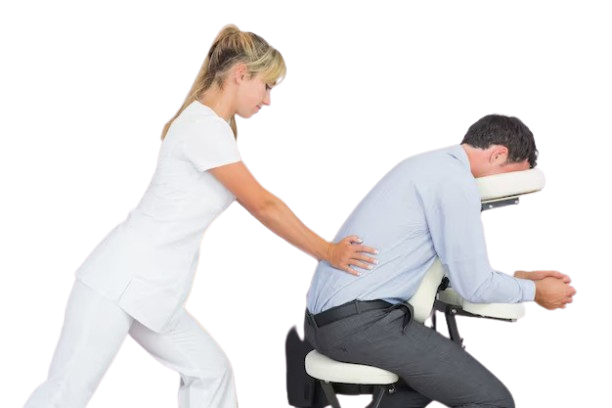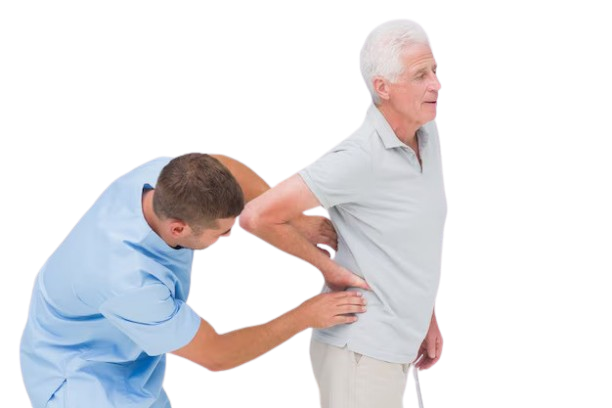What are Spinal Injuries?
Spinal injuries refer to damage to the spinal cord or vertebrae, which can result in partial or complete loss of motor and sensory function. They are often classified based on the severity and location of the injury:
- Complete Injury - Total loss of motor and sensory function below the injury site.
- Incomplete Injury - Partial preservation of function below the injury site.


Symptoms of Spinal Injuries
- Cervical Spine Injuries (Neck) - Can affect arms, legs, and breathing.
- Thoracic Spine Injuries (Upper Back) - Impacts the chest and legs.
- Lumbar Spine Injuries (Lower Back) Affects hips and legs.
- Degenerative Disc Disease - Relieving chronic pain caused by wear-and-tear in spinal discs.
- Sacral Spine Injuries Can cause bowel, bladder, and sexual dysfunction.
Complications of Spinal Injuries
- Chronic pain.
- Pressure sores from immobility.
- Blood clots in the legs or lungs.
- Respiratory issues (in high spinal injuries).
- Loss of bladder or bowel control.
- Increased risk of infections.


Innovations in Spinal Injury Treatment
- Stem Cell Therapy - Promising research in regenerating damaged spinal tissue.
- Robotic-Assisted Rehabilitation - Helps patients regain mobility with advanced technology.
- Neurostimulator Devices - Stimulate nerves to improve motor and sensory functions.
Frequently Asked Questions
- Can a spinal cord injury be cured? While complete recovery is rare, treatments and rehabilitation can significantly improve quality of life and independence.
- How long does recovery take? Recovery depends on the type and severity of the injury. Some patients regain significant function within a year.Recovery depends on the type and severity of the injury. Some patients regain significant function within a year.
- Is surgery always necessary? Not all spinal injuries require surgery; some can be managed with non-surgical treatments.
- Can spinal injuries be prevented? Many spinal injuries are preventable with safety measures such as using protective gear and following safe practices.
